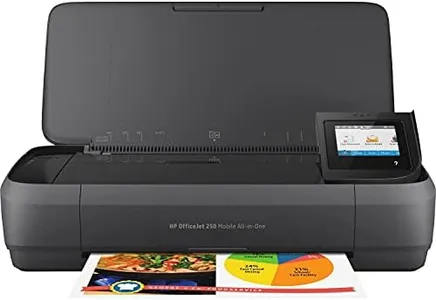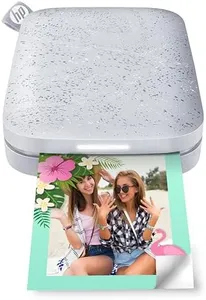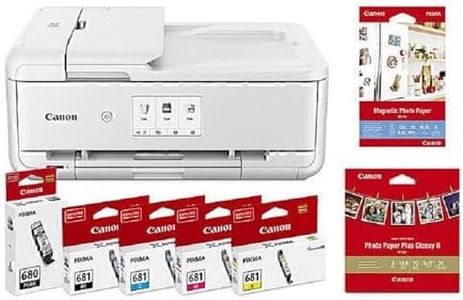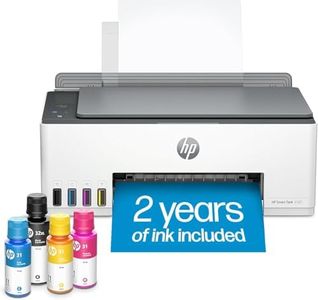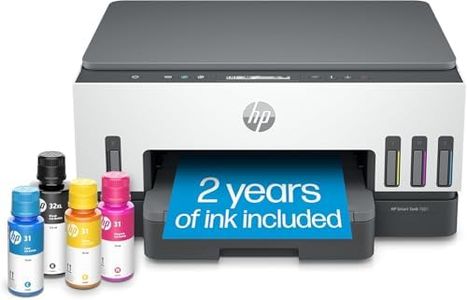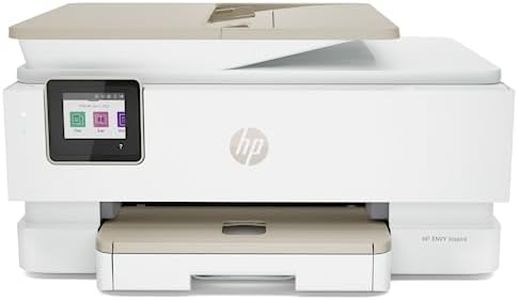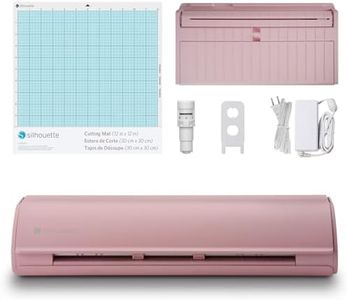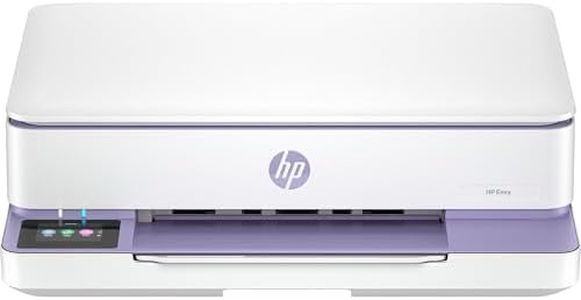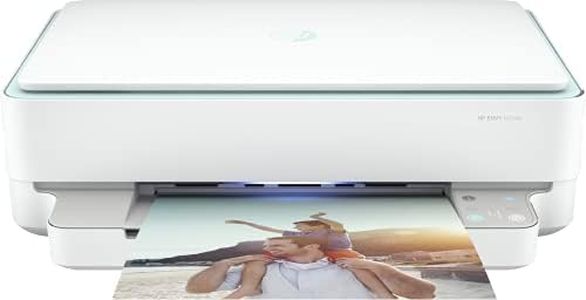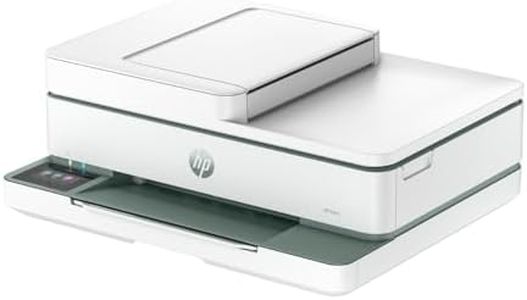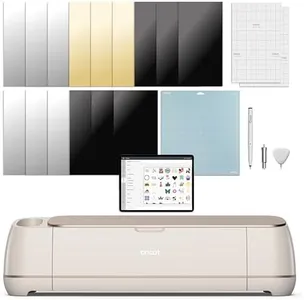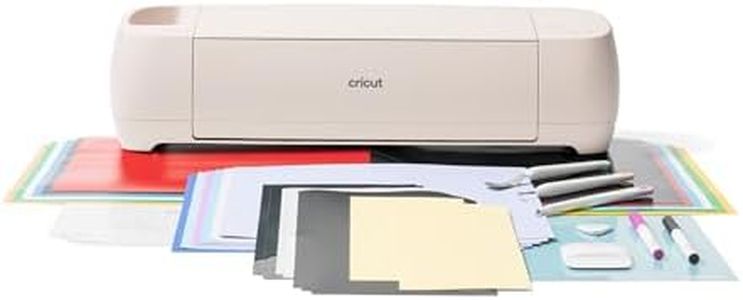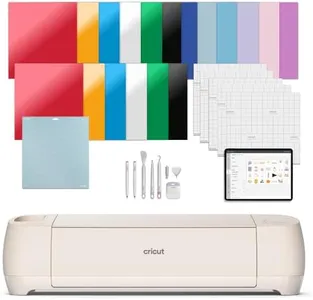We Use CookiesWe use cookies to enhance the security, performance,
functionality and for analytical and promotional activities. By continuing to browse this site you
are agreeing to our privacy policy
10 Best Craft Printers
From leading brands and best sellers available on the web.Buying Guide for the Best Craft Printers
When choosing a craft printer, it's important to consider what types of projects you'll be doing most often. Craft printers cover a wide range of creative activities, from scrapbooking and photo printing to making greeting cards, stickers, or custom designs on various materials. Understanding your primary use will help you choose the right features and specifications for your needs. Always match your printer choice to the most demanding tasks you plan to do, so you have enough flexibility without unnecessary complications.Print TechnologyPrint technology refers to the way a printer produces images or text, with the most common types being inkjet and laser. Inkjet printers are often preferred for crafts because they handle a variety of paper types and give vibrant color prints, ideal for photos and creative projects. Laser printers, however, are faster with text and basic color graphics but are less versatile with thick materials. For most craft enthusiasts, inkjets are the go-to choice due to their color accuracy and media flexibility, but if you print a lot of simple graphics on standard paper, a laser printer might also fit your needs.
Media CompatibilityMedia compatibility is all about what kinds of materials the printer can handle. This includes regular paper, cardstock, sticker paper, vinyl, fabric, and more. Some craft projects require thicker or specialty media, so it's important to check the supported paper weights and sizes. Printers can be divided into those that only accept standard paper (great for basic crafts), those that handle mid-range thicknesses like light cardstock, and those designed for specialty media (ideal for advanced crafters). Think about the projects you want to do—if you need to print on thicker materials or different textures, prioritize media flexibility.
Print ResolutionPrint resolution, measured in dots per inch (DPI), indicates the level of detail a printer can produce. Higher DPI means sharper and more detailed prints, which is crucial for photos, intricate designs, and professional-looking crafts. Common segments are basic resolution (up to 1200 dpi), mid-range (1200-2400 dpi), and high-resolution (2400 dpi and above). If your focus is on general crafting or text, lower resolution might be enough, but for detailed images or photo projects, go for the highest you can reasonably get.
Ink SystemThe ink system describes how many color cartridges or tanks the printer uses. Some use just black and a single color cartridge, while others use multiple separate inks for richer colors. Basic printers have a two-cartridge system (black and color); mid-tier craft printers might use four or six individual cartridges, while advanced models could have more. The more cartridges, the better the color range—so if your crafts involve a lot of color nuance and blending, look for a multi-ink system. Simple projects or monochrome designs won’t require as many inks.
Connectivity OptionsConnectivity determines how you send files to your printer—USB, Wi-Fi, Bluetooth, or direct from mobile devices or memory cards. Basic units may have only USB connections, while more feature-rich models offer wireless printing, which is great if you like working from multiple devices. Choose a printer with the connectivity that matches your working style; if you plan to print from a phone, tablet, or share the printer in a craft group, wireless features will be very useful.
Print SizePrint size defines the maximum dimensions of your prints, with standard printers supporting up to letter or A4 size and larger models accommodating bigger projects like 12x12-inch scrapbook pages or banners. Segment your choice between standard letter-sized prints, wide-format (up to tabloid or A3 size), and specialty sizes for custom projects. If you are into scrapbooking or poster making, a printer that supports oversized media will be necessary, but for cards and photos, standard size usually suffices.
